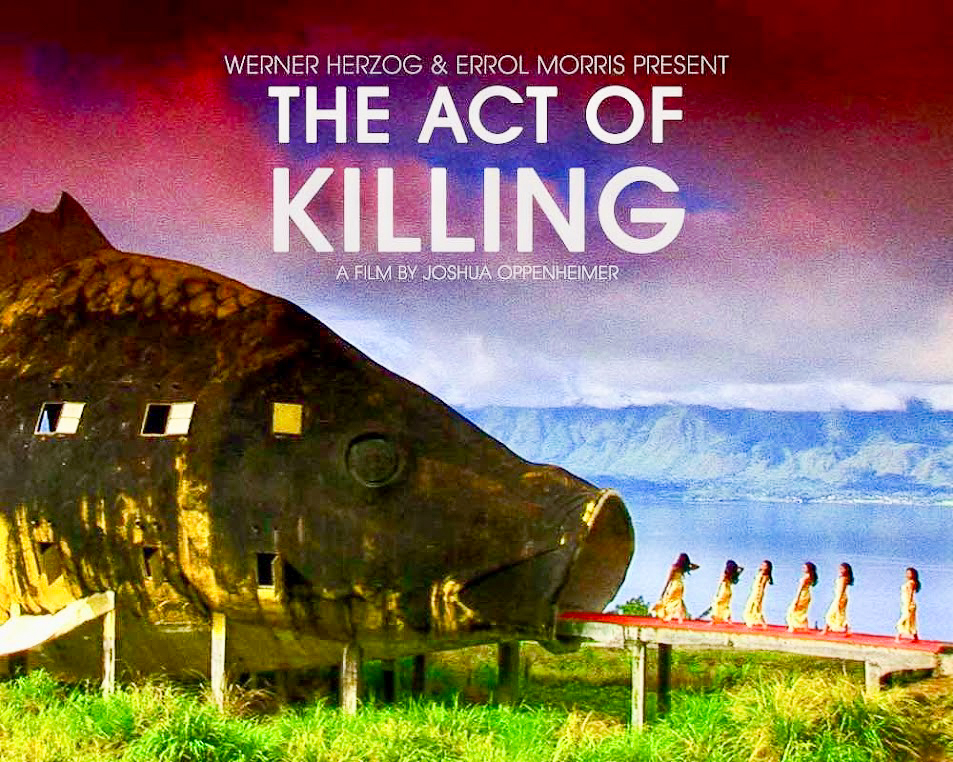And, indeed, I will ask on my own account here, an idle question: which is better—cheap happiness or exalted sufferings? Well, which is better?---Fyodor Dostoevsky ---Notes from Underground There are certain people of whom it is difficult to say anything which will at once throw them into relief—in other words, describe them graphically in their typical characteristics. These are they who are generally known as “commonplace people,” and this class comprises, of course, the immense majority of mankind. Authors, as a rule, attempt to select and portray types rarely met with in their entirety, but these types are nevertheless more real than real life itself. For instance, when the whole essence of an ordinary person’s nature lies in his perpetual and unchangeable commonplaceness; and when in spite of all his endeavours to do something out of the common, this person ends, eventually, by remaining in his unbroken line of routine—. I think such an individual really does become a type o...
NOTES FROM UNDERGROUND
Hope
To be human is to be a miracle of evolution conscious of its own miraculousness — a consciousness beautiful and bittersweet, for we have paid for it with a parallel awareness not only of our fundamental improbability but of our staggering fragility, of how physiologically precarious our survival is and how psychologically vulnerable our sanity. To make that awareness bearable, we have evolved a singular faculty that might just be the crowning miracle of our consciousness: hope.--
Erich Fromm
- Get link
- X
- Other Apps
Labels
FRENCH NEW WAVE CINEMA-MAJOR WORK
The Cahiers du Cinema Directors
Although opinions differ as to which directors belong in the Nouvelle Vague and which don’t, all are agreed that the five directors (Claude Chabrol, Francois Truffaut, Jean-Luc Godard, Eric Rohmer and Jacques Rivette) who wrote for Cahiers du Cinema, are the core of the movement. The following is a selection of key films by members of this group which defined the New Wave during its heyday.
| Les Quatre Cents Coups (The 400 Blows, 1959) Francois Truffaut |
|
| À Bout De Souffle (Breathless, 1960) Jean-Luc Godard |
|
| Tirez Sur Le Pianiste (Shoot the Piano Player, 1960) Francois Truffaut |
|
| Les Bonnes Femmes (The Good Girls,1960) Claude Chabrol |
|
| Jules et Jim (Jules and Jim, 1962) Francois Truffaut |
|
| Vivre Sa Vie (My Life to Live, 1962) Jean-Luc Godard |
|
| Le Mépris (Contempt, 1963) Jean-Luc Godard |
|
| Bande à Part (Band of Outlaws, 1964) Jean-Luc Godard |
|
| Alphaville (1965) Jean-Luc Godard |
|
| Pierrot Le Fou (1965) Jean-Luc Godard |
|
| Le Boucher (The Butcher, 1970) Claude Chabrol |
|
LE BOUCHER ( THE BUTCHER 1970) >>>
The Left Bank Group
Although the Cahiers du Cinema directors became the most celebrated members of the Nouvelle Vague, there was another loose contingent of brilliant and highly original filmmakers who were also associated with the movement. This was the Rive Gauche or Left Bank Movement whose core members included Chris Marker, Alain Resnais and Agnes Varda. These filmmakers had backgrounds in documentary and literature, an interest in experimental storytelling, and an identification with the political left. (Although it is worth noting that the label "Left Bank" was constructed by journalists years after the fact. At the time the friends did not consider themselves part of any group). Other associates of the movement included Alain Robbe-Grillet, Marguerite Duras, Henri Colpi, and, by virtue of his marriage to Agnes Varda, the colorful Jacques Demy.
| Hiroshima Mon Amour (1959) Alain Resnais |
|
Innovators, Mavericks and Inheritors
Before the phrase was ever invented, there was in fact already a "new wave" of directors in France breaking with the traditional modes of production and setting an example that others would follow. Although vastly different in both content and style, the films of directors such as Jean-Pierre Melville, Jean Rouch, Louis Malle and Alexandre Astruc were visionary and innovative. Later these directors became associated with the Nouvelle Vague movement, although some of them, such as Jean-Pierre Melville, rejected the label.
After the New Wave became a success, a whole new generation of filmmakers in France were inspired to follow their example. Over 20 directors released their first films in 1959 and this number doubled in the following year. In 1962, a special edition of Cahiers du Cinema was released in which 162 new French Filmmakers were listed. Inevitably many have not stood the test of time, however the best of them went on to have long and enduring careers.
| Et Dieu... Créa la Femme (And God Created Woman, 1956) Roger Vadim |
|
| Le Feu Follet (The Fire Within, 1963) Louis Malle |
|
| Un Homme et une Femme (A Man and a Woman,1966) Claude Lelouch |
|
| Le Samourai (1967) Jean-Pierre Melville |
|
French New Wave Cinema Criterion Collection>>>
Pierrot le Fou
Masculin
Féminin
Cleo from 5 to 7
Jules and Jim
Le Bonheur
Vivre sa vie
Shoot the Piano
Player
Hiroshima, Mon
Amour
The 400 Blows
La Chinoise
La Pointe Courte
Last Year at
Marienbad
My Night at
Maud's
Breathless
A Married
Woman
Paris Belongs to
Us
Far from
Vietnam
The Soft Skin
Weekend
The Fire Within
Elevator to the
Gallows
Two or Three
Things I Know
About Her
La Jetée
Bay of Angels
Two in the Wave
Godard Cinema






















.jpg)